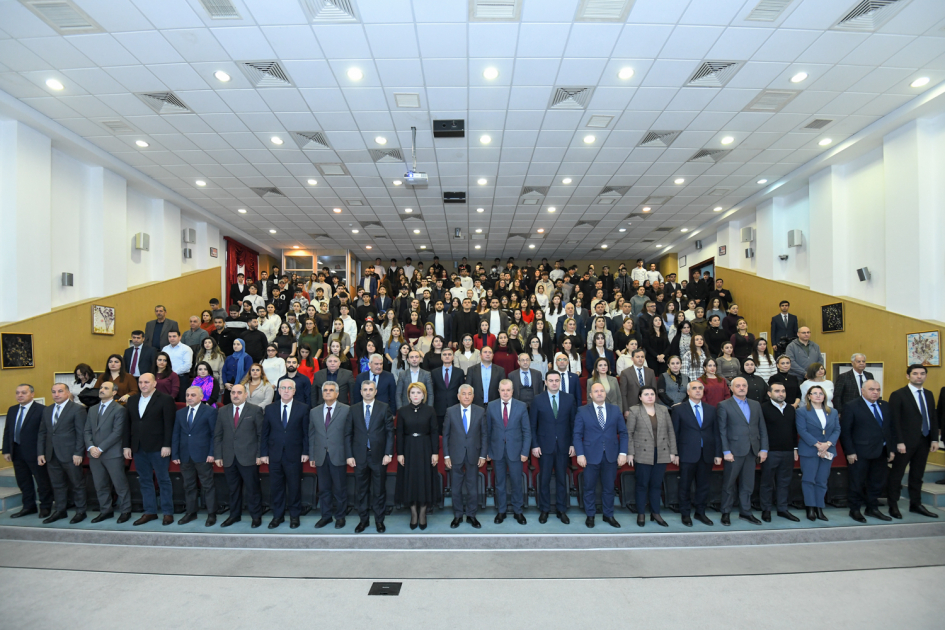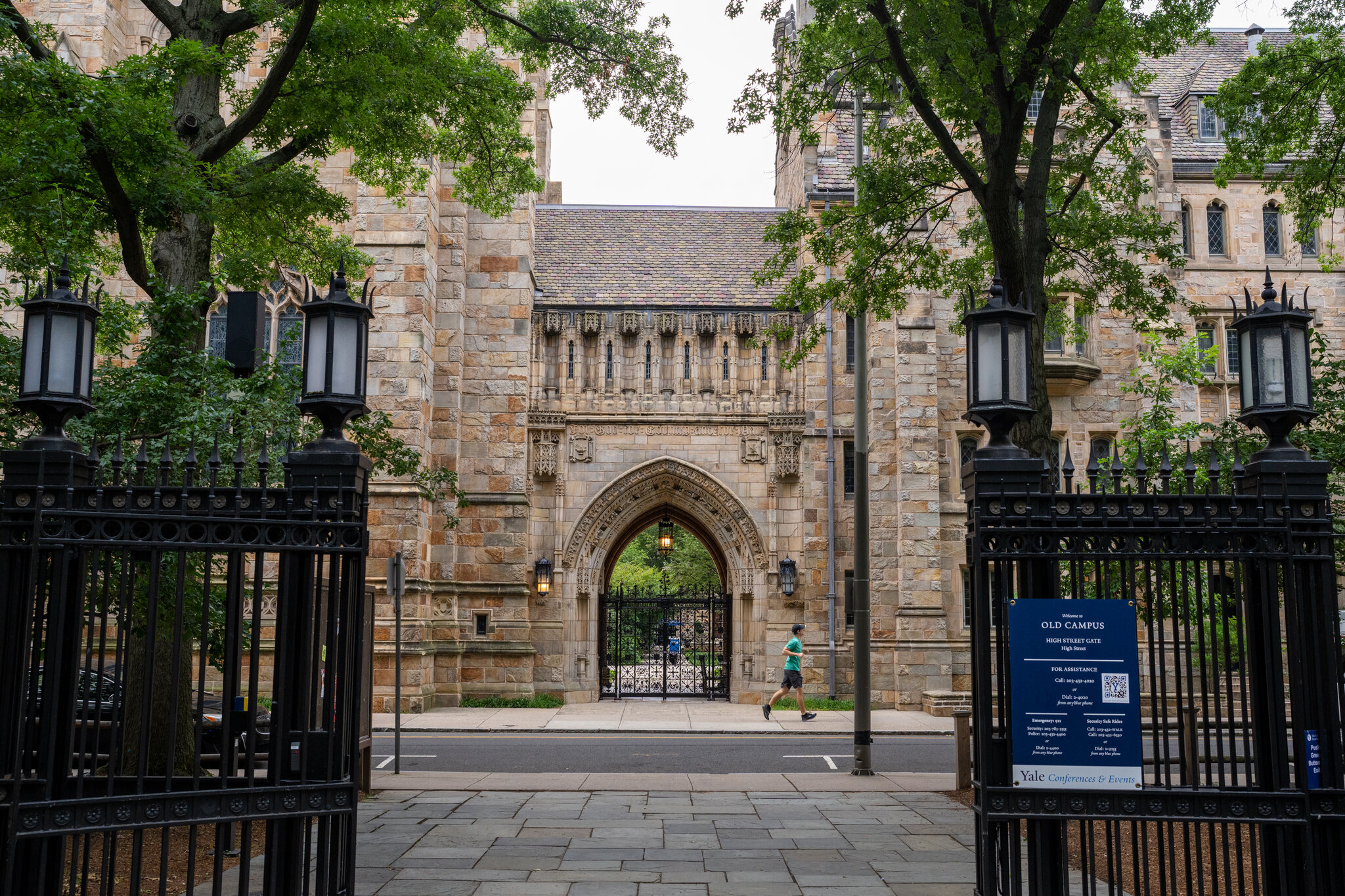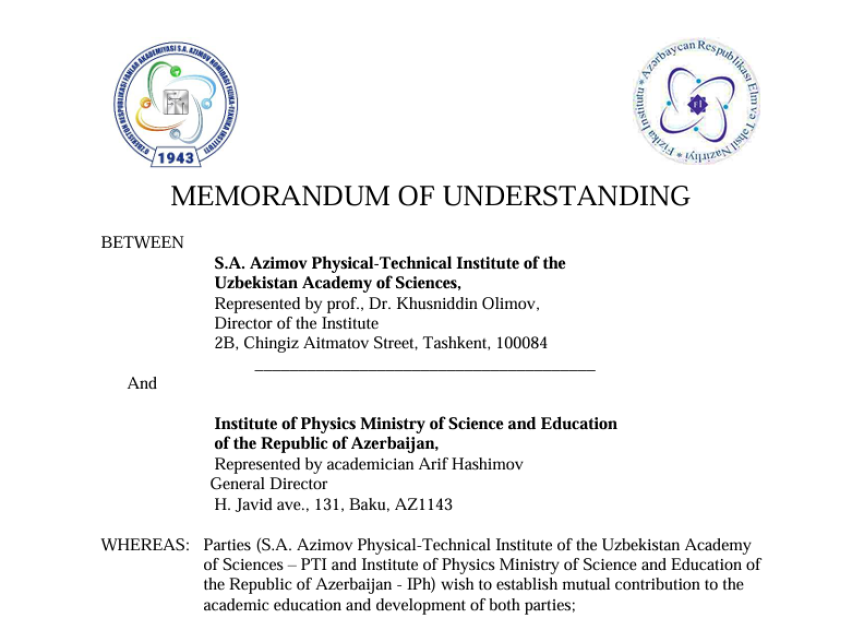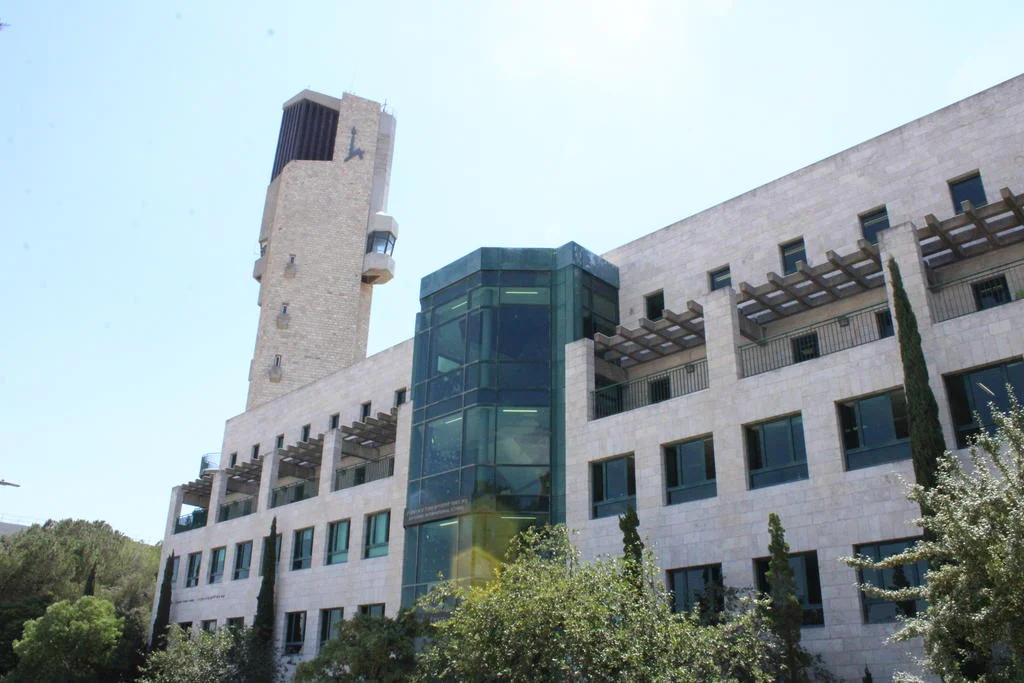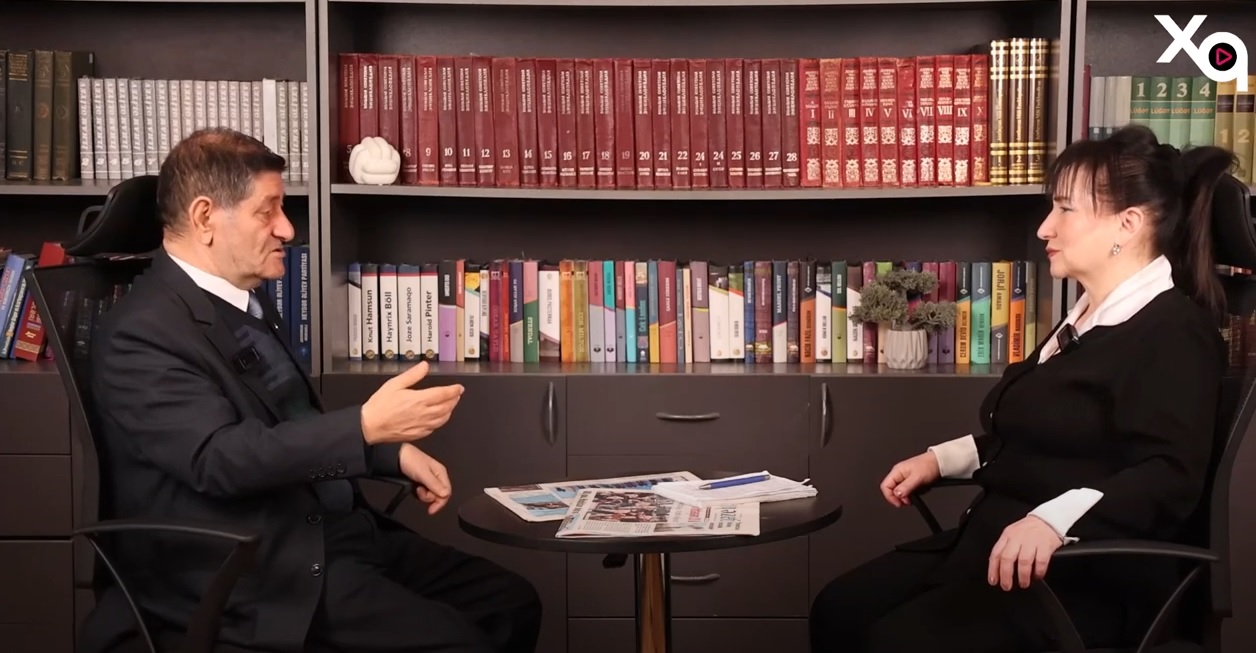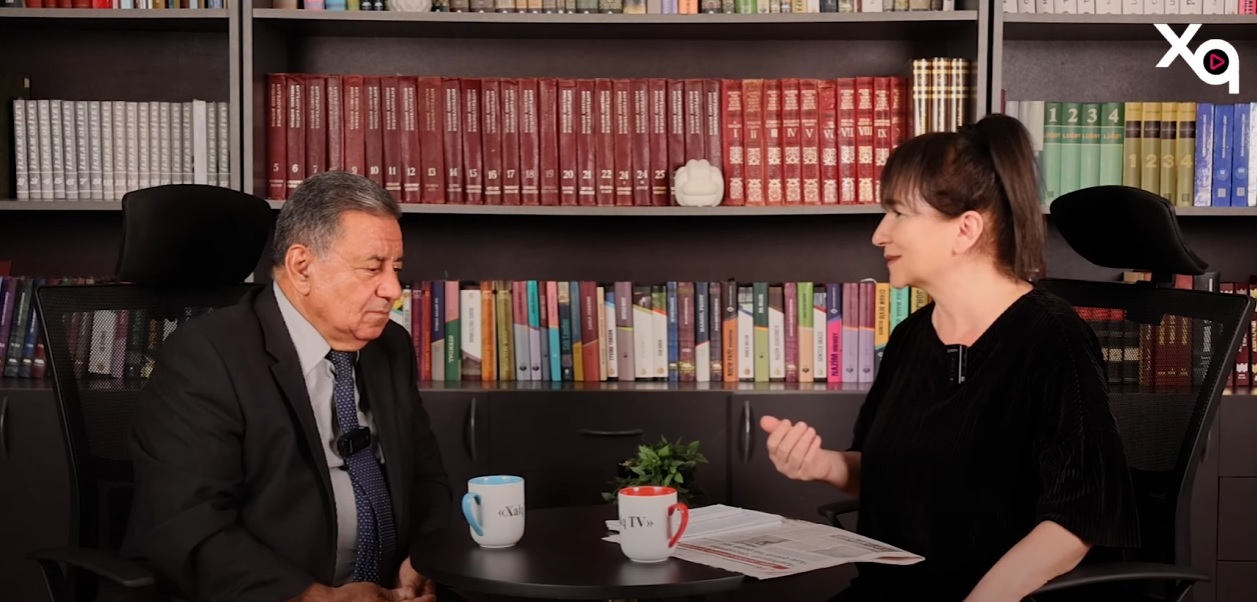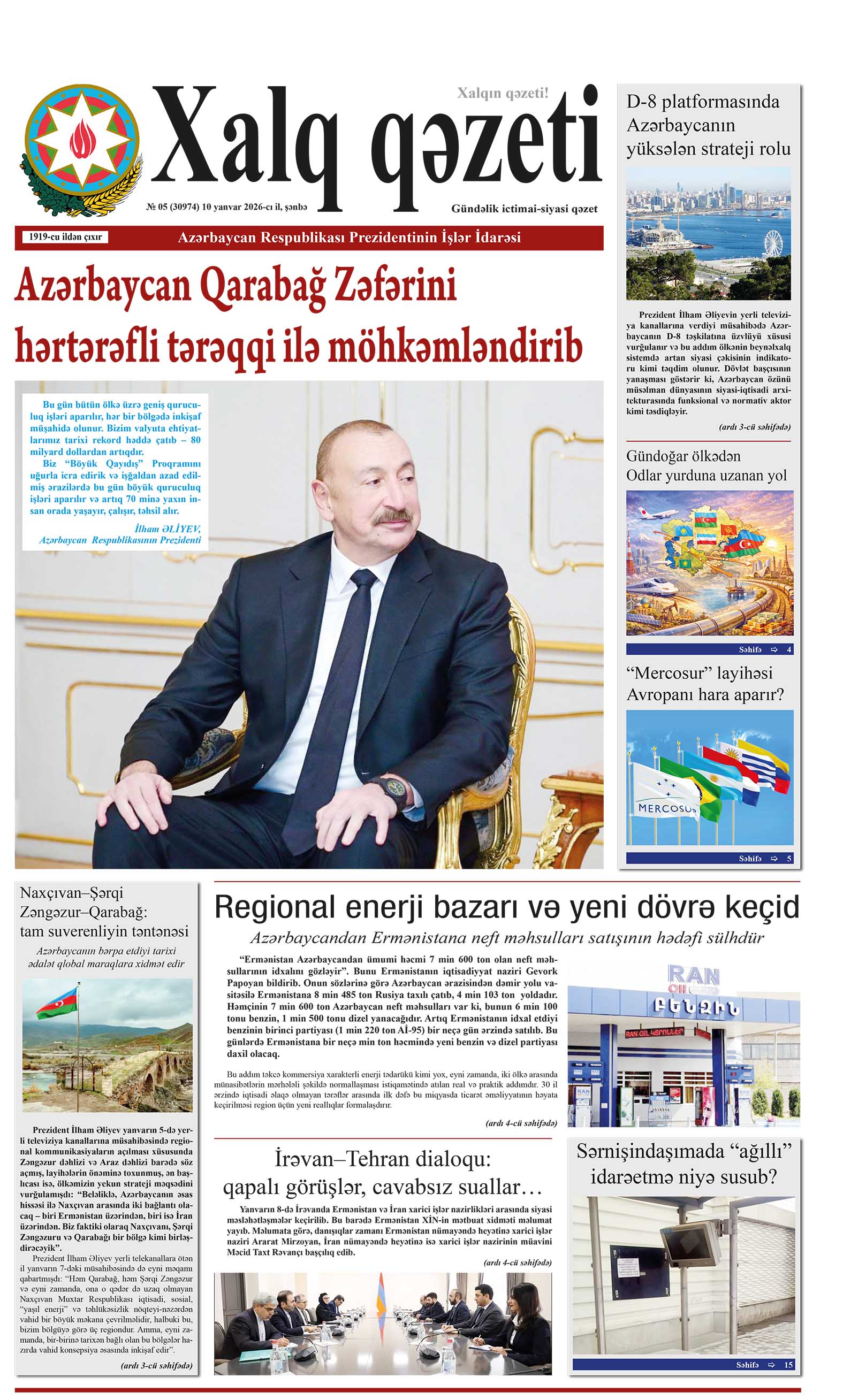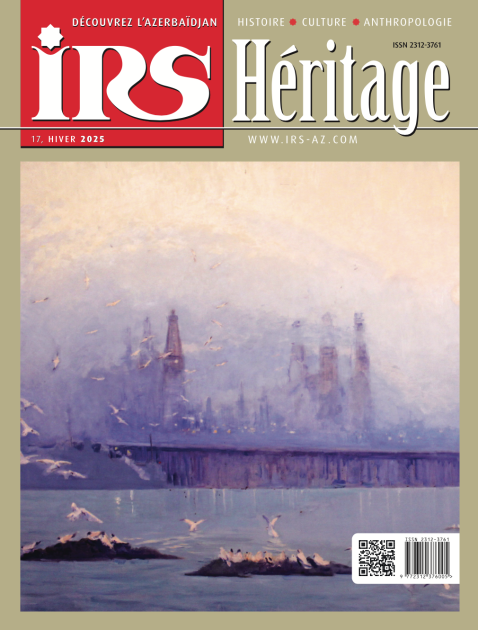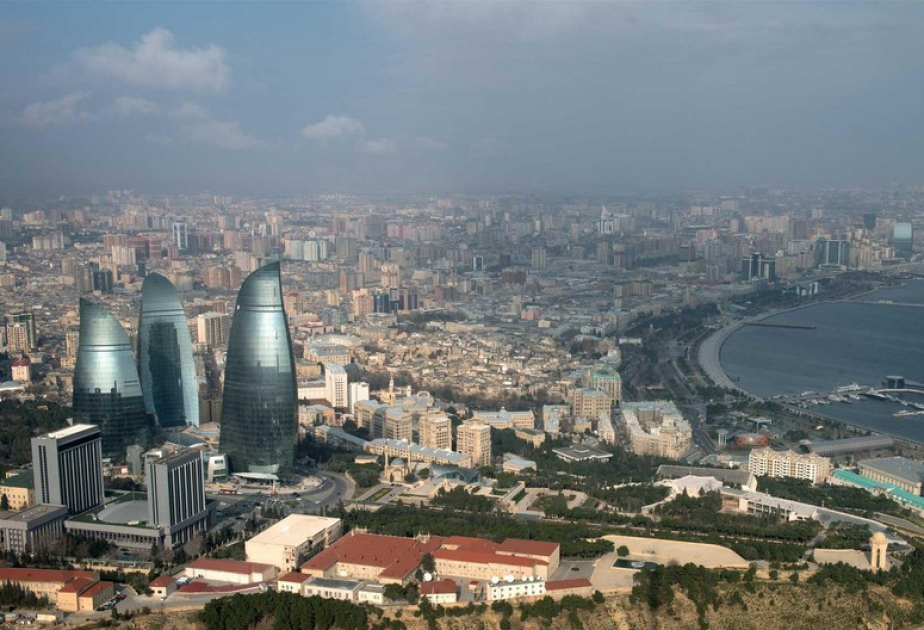ByJERUSALEM POST STAFF
The mural, one of the oldest in America, offers insights into early pre-Inca cultures on Peru's northern coast.
Peruvian archaeologists uncovered a well-preserved pre-Hispanic mural at Huaca Yolanda in the La Libertad region, dating back 3,000 to 4,000 years. A team of specialists led by archaeologist Ana Cecilia Mauricio from the Pontifical Catholic University of Peru (PUCP) discovered the mural, which measures over five meters in length and two meters in height, according to La República.
The polychrome mural features pigments in red, blue, yellow, and black tones and includes three-dimensional reliefs, making it unique compared to other remains in the area. The artwork displays figures on both sides, consisting of fish, stars, fishing nets, and marine plants, all represented in a symbolic and decorative manner. These representations reveal deep symbolism of the ancient pre-Inca cultures that once inhabited the northern coast of present-day Peru.
"We have unexpectedly found an intact mural 3,000 to 4,000 years old that has unique characteristics for Peruvian archaeology," said archaeologist Ana Cecilia Mauricio. "The finding is important because it is a monument over 3,000 years old that reveals the historical and cultural richness of the populations of Peru."
The fresco, preserved almost in its original form, was found inside an adobe ceremonial temple at the archaeological site of Huaca Yolanda. The site is a 40-hectare ceremonial platform located in the Chao Valley and is considered one of the oldest on the continent due to its adobe structures dating back to the late pre-ceramic period.
The mural's preservation, including its colors and volumes, makes it a notable record within archaeological studies of the area. Unlike other murals found in the region that present flat or deteriorated designs, the mural's three-dimensional design and preserved painting distinguish it as a find. "The figures and polychromy of the mural show pictorial and constructive techniques that help better understand the artistic expressions of the early communities of the northern coast of Peru," Mauricio explained.
Researchers indicated that the iconography, centered on marine fauna and fishing nets, differs from that observed in other pre-ceramic cultures identified in the region. Experts suggest that the fresco was used during religious rituals to attract good luck in fishing and agriculture. The mural's depictions offer insights into the cultural practices and beliefs of these ancient societies.
The site, however, is currently under threat from informal agricultural expansion, which puts the archaeological remains at risk. "It is a living example of the cultural richness of ancient Peru, which we must preserve," Mauricio concluded. The PUCP team is coordinating protection measures to safeguard the mural from possible damage caused by external activities.
Digital records and carbon-14 analyses are being carried out to specify data about the mural's age and context. These actions aim to document and conserve the discovery for future research, ensuring that it remains intact for future generations. "These details will allow for an expansion of studies on the historical and cultural context of the area where the mural was found," Mauricio noted.
Experts believe the discovery not only expands knowledge about pre-Inca cultures but also reinforces the need to protect national heritage. Scientists fear that world science may easily lose new discoveries due to the expansion of agribusiness. The preservation of such archaeological findings is crucial for understanding the formative populations that inhabited the region.
"The style of the mural is distinguished by its three-dimensional design and the preservation of the painting," Mauricio said.


.jpg)




